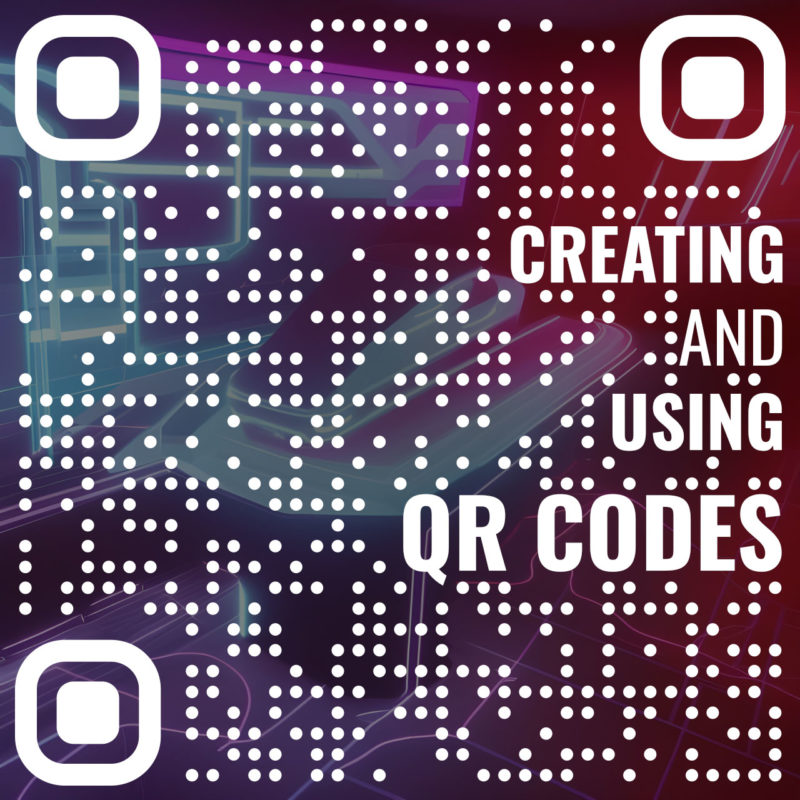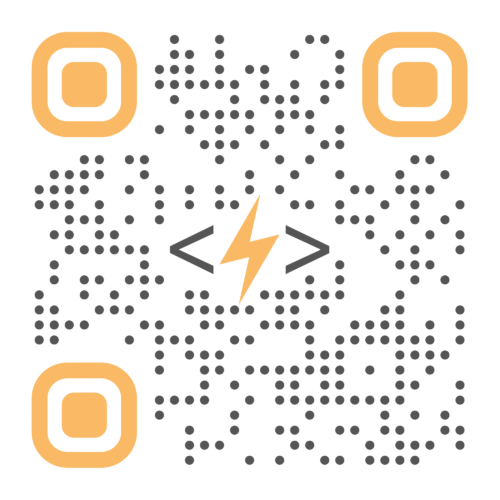
QR codes, also known as Quick Response codes, have become increasingly popular over the past decade. Originally developed for the automotive industry, they have now become a versatile tool for businesses and individuals alike. QR codes are two-dimensional barcodes that can store a variety of information, such as URLs, contact information, and product details. They are scanned using a smartphone camera and a QR code reader app, making them an effective and universal way to share information digitally. In this article, we will discuss how to create and use QR codes, as well as some best practices to get the most out of them.
Capabilities of QR Codes
QR codes have become increasingly popular in recent years due to their versatility and effectiveness as a marketing tool. Here are some of the key benefits of using QR codes:
- Easy to use: QR codes are easy to scan and use, making them a convenient way for customers to quickly access information or promotions.
- Cost-effective: QR codes are free or inexpensive to create and can be printed on a wide range of materials, making them a cost-effective way to promote your business or products.
- Versatile: QR codes can be used in a variety of ways, from directing customers to a website or social media page to providing product information or coupons.
- Trackable: Many QR code generators include tracking capabilities, allowing you to monitor the number and the location of scans, providing valuable data for marketing analysis.
- Innovative: Using QR codes can help to give your brand a modern and innovative image, particularly when used in creative ways.

Here are a few examples of how businesses can use QR codes effectively:
- Restaurants can include QR codes on their menus that direct customers to nutrition information, online ordering, or reservation systems.
- Retailers can include QR codes on product packaging that lead customers to product videos, reviews, or special promotions.
- Real estate agents can include QR codes on their flyers and signage that direct potential buyers to virtual tours of properties.
- Event organizers can include QR codes on tickets that provide event details, directions, and links to social media pages.
- Business cards can feature a QR code in vCard format containing contact information.
QR codes provide an easy, cost-effective, and versatile way for businesses and marketers to engage with customers and promote their products or services.
Creating QR Codes
QR codes can be easily generated using a variety of online tools, both free and paid. Here’s a look at how you can create your own QR codes:
- Choose a QR code generator: There are many QR code generators available online, some free, some paid. Some popular ones include QR Code Monkey, Scanova, and QR Stuff.
- Select the type of content: QR codes most commonly link to a URL, but they can also contain other information, such as plain text, location coordinates, or contact information. Consider the purpose of the code and enter the right type accordingly.
- Customize the design: While basic QR codes are black and white, many generators allow you to customize the design of the code, such as changing the colors, adding a logo, or other design elements. This customization makes your codes more recognizable and helps them stand out from the competition.
- Deploy the QR code: Once you’re satisfied with the design, download or export the QR code in a high-quality image format such as SVG, EPS, or PNG.
It’s important to test the QR code before using it to ensure that it works properly. You can do this by scanning it with a QR code reader app on your smartphone. Creating your own QR codes is easy and cost-effective, making it a great tool for businesses of all sizes.
Using QR Codes

QR codes can be a powerful marketing tool when used correctly. Here are some best practices for incorporating QR codes into your marketing strategy:
- Make it easy to scan: QR codes should be placed in a location that is easily accessible and scannable for customers. Avoid placing them in areas with poor lighting or where it may be difficult to reach.
- Offer value: QR codes should provide something of value to the customer, such as a discount or special offer. This will encourage them to scan the code and take action.
- Customization: Consider customizing your QR codes to fit your brand. You can change the color, add a logo, or even create a custom shape to make your code more visually appealing.
- Test, test, test: Before launching any QR code campaign, be sure to test the code to ensure that it works properly. You can use free online tools to test the code, or scan it yourself with multiple devices to ensure compatibility.
Examples of successful QR code campaigns include:
- Nike: The company used QR codes in a recent campaign to promote their new soccer cleats. Scanning the code took users to a mobile-optimized site where they could view product information, watch videos, and even purchase the cleats directly from their mobile device.
- Starbucks: The coffee chain used QR codes to promote their mobile payment app. Scanning the code took customers to the app download page, where they could easily download and install the app on their smartphone.
- Heinz: The ketchup brand used QR codes on their product packaging to provide customers with recipe ideas and cooking tips. Scanning the code took users to a mobile site with a variety of recipe options that included Heinz ketchup as an ingredient.
Error correction is a key feature of QR codes that ensures readability even if the code is partially damaged, distorted, or obscured. This feature is what allows for the inclusion of a logo or other graphic elements within the code itself without affecting its functionality.
Tracking and measuring the success of your QR code campaigns is important for evaluating their effectiveness. You can use tools such as Google Analytics to track the number of hits, the location of scans, and even the time of day the code was scanned. This data can help you make informed decisions about future campaigns and optimize your marketing strategy for maximum impact.
QR codes can be a powerful tool for businesses and marketers to engage with their audience and track their marketing campaigns. With free online tools and paid software available, it’s easy to create custom QR codes that align with your brand and business goals. With some creative planning and thoughtful execution, you can effectively leverage this technology to drive engagement and conversions.
